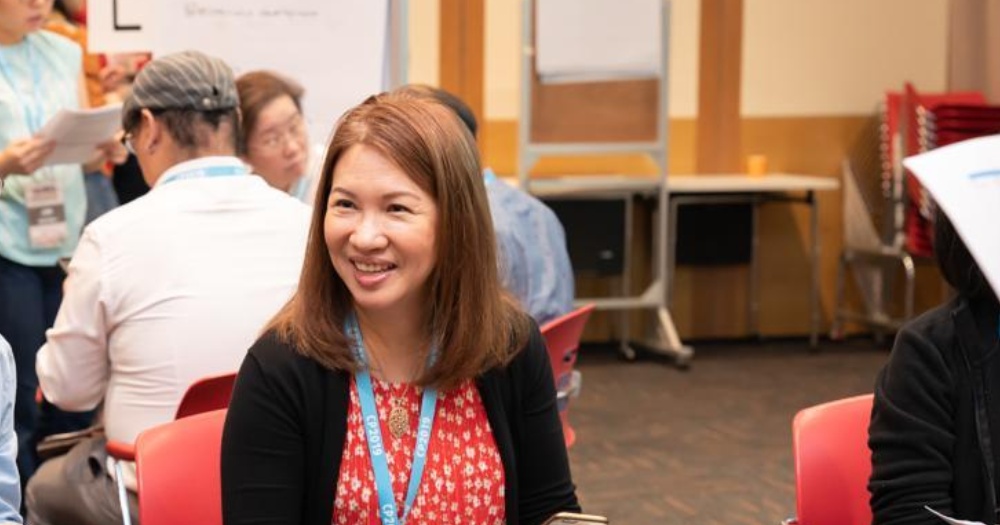It isn’t easy for a person in power to share periods of vulnerability and imperfection from their lives, but early in our conversation, Lisa Yeoh did just that, and with no qualms whatsoever.
It was the year 1998. Yeoh, who is now APAC vice president for sales and commercial operations at contact lens manufacturer CooperVision, was just two months postpartum with her first child when she was sent on a week-long work trip to Hawaii.
Why two months? Because at that time, Singapore’s maternity duration was only half what working mothers get today.
While her colleagues gushed over how exciting the opportunity she had to stay at a swanky resort for work must be for her, though, Yeoh found herself crying.
“[My colleague said] Wow, you get to go to Hawaii! [but] I was so... depressed! Because I had to leave a very young child at home right, and for a week...
When I came home, I opened the door, I saw my whole family with koyok on their heads — my mom, my husband — because the baby wouldn't sleep the whole night, looking for me. So that's the pain in the heart when you encounter that kind of situation.”
“We were comparing calendars every week”
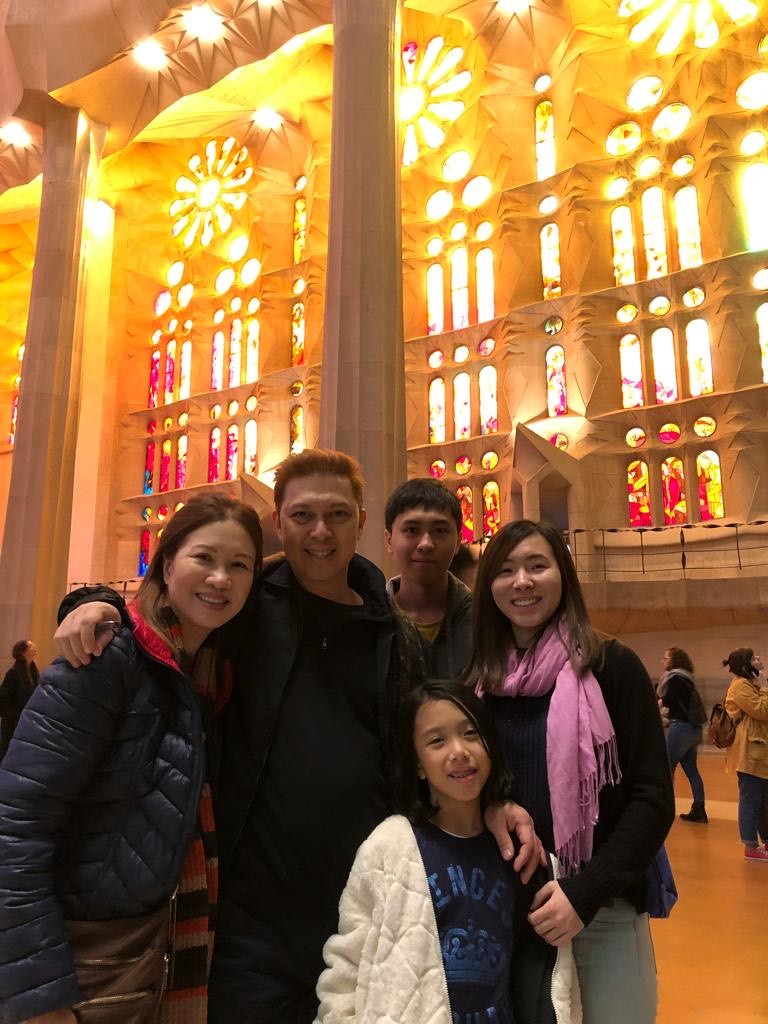 Yeoh and her family in Barcelona, on a family vacation. (Photo courtesy of Lisa Yeoh)
Yeoh and her family in Barcelona, on a family vacation. (Photo courtesy of Lisa Yeoh)
Things got worse when she and her husband both found themselves in regional jobs.
Yeoh had given birth to her second child by that point, and she could only describe the experience as “maddening”. Something, someone (in her case, her) had to give.
“[My husband and I] were comparing calendars every week. And then we said, Okay... I'm gonna move to a different role that's just Singapore-based. At least one of us was able to go home every night and kiss my kids goodnight. I think that made a huge difference.”
But if you thought the Singapore-based role accorded Yeoh more time with her family, you’ve got another think coming:
“But it didn't mean I worked less, because I had a bigger team. So you know... you can't manage people in a meeting. You've got to spend time with people one on one, and there are all sorts of people issues, aside from your own family issues or childcare issues.”
Going without a helper
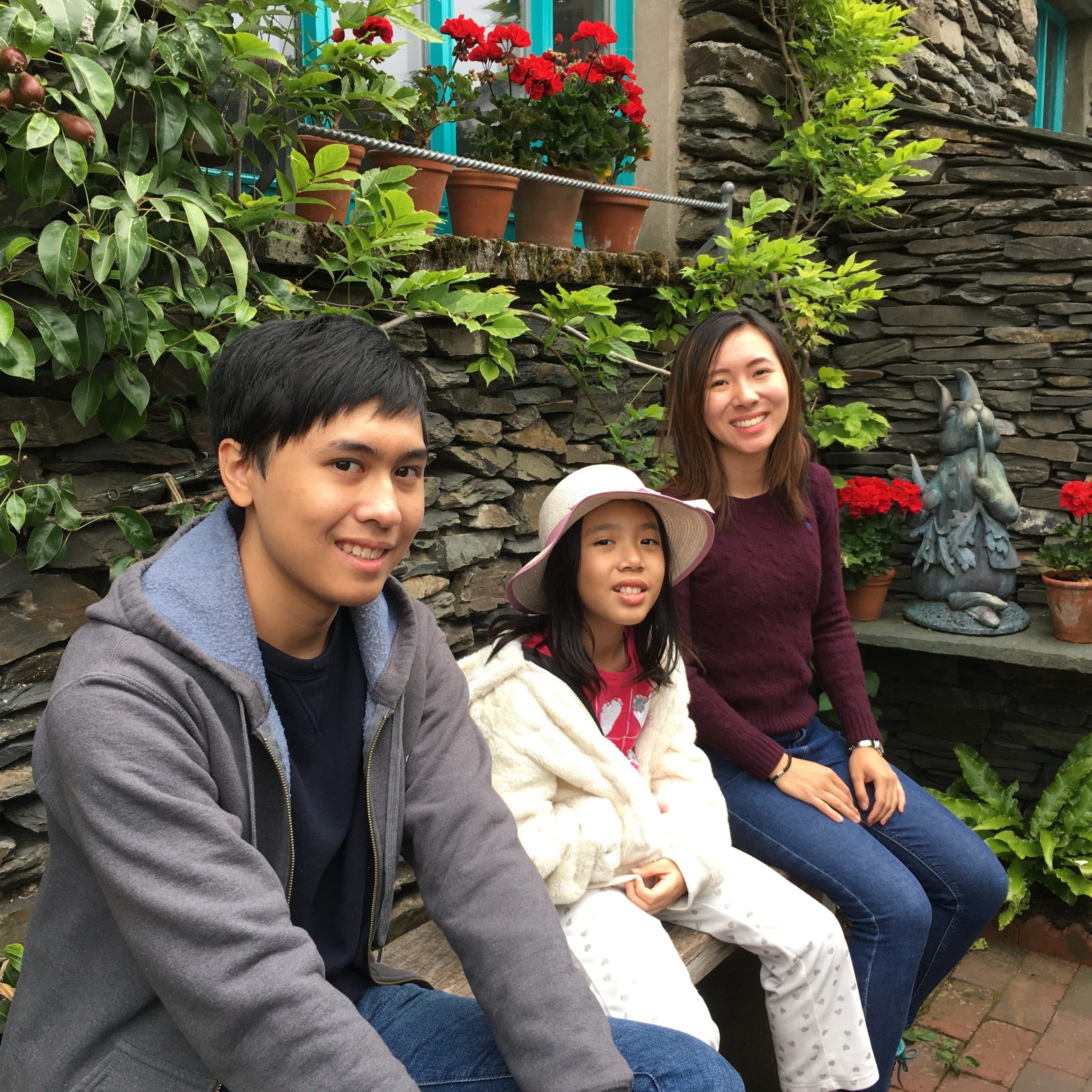 Yeoh’s three children. (Photo courtesy of Lisa Yeoh)
Yeoh’s three children. (Photo courtesy of Lisa Yeoh)
When her second child, a boy, turned two years old, Yeoh felt like she needed to reorganise her life again — with two kids, her mom, her husband and her, as well as a helper at home, and a career, she confesses she felt like she was “running a circus”.
“So I just had to reset that equation and say, okay, what if I can do this with full-time childcare? What do I have to change in my job, or how I manage my day to day? I did that. And actually, mentally, it cleared some space...
What I did was to automate things at home — clothes dryer, dishwasher, whatever, just simplify things at home. Cook a whole week's meals and freeze them. Just survive.”
She also started her three kids on doing the chores around the house from the time they turned three or four years old:
“One thing I feel is Singaporeans tend to protect our kids too much. They have a good life, somebody else's doing the housework. I started delegating housework to my kids early — like, okay, you wipe the dining table after every meal, you sweep the floor, you pick up the trash.”
Learning to let go, delegate, and trust
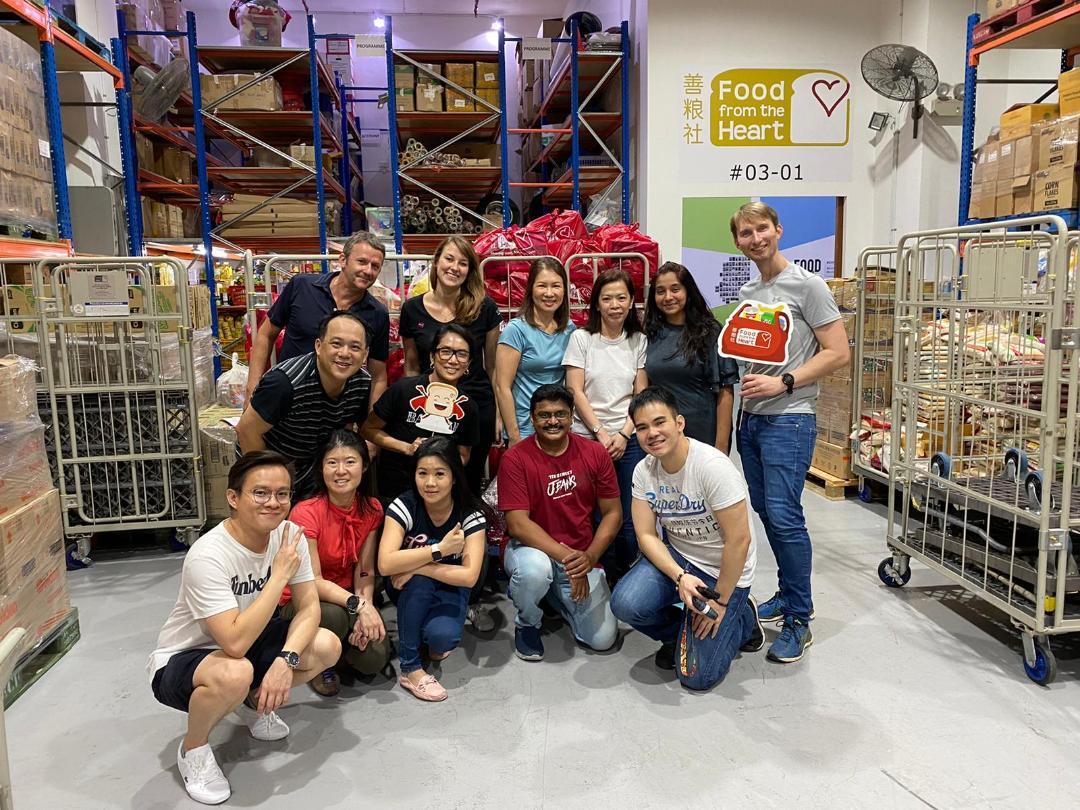 Photo via Lisa Yeoh's LinkedIn
Photo via Lisa Yeoh's LinkedIn
Yeoh eventually found herself in a position of significant influence in the company and, she recognised that the key to managing things well was to delegate, let go and trust the people she entrusted with responsibility to carry them out well.
Yeoh subsequently implemented steps that helped her colleagues cope with the Covid-19 lockdown period.
These include allowing staff to claim one food delivery order per week, block lunch breaks, create gap time between meetings and also take two half-days of quiet time per week for wellness, self-development or an activity that might help them cope.
Beyond that, she was also making frequent calls to her counterparts from across the region to check in on them, just to ensure morale stayed reasonably buoyant.
“I think giving trust will then replicate in trust and loyalty as well. We started by giving that kind of trust — two half days is a lot of productivity to be giving away, but if by sending that kind of message people understand that you know what they're going through, you just get so much more in the commitment, of the people; they will go the extra mile for you.
So we did that (and all the other measures). I would say they're small steps, but they are quite meaningful for the individual micro life situations.”
Finding work-life harmony, not work-life balance
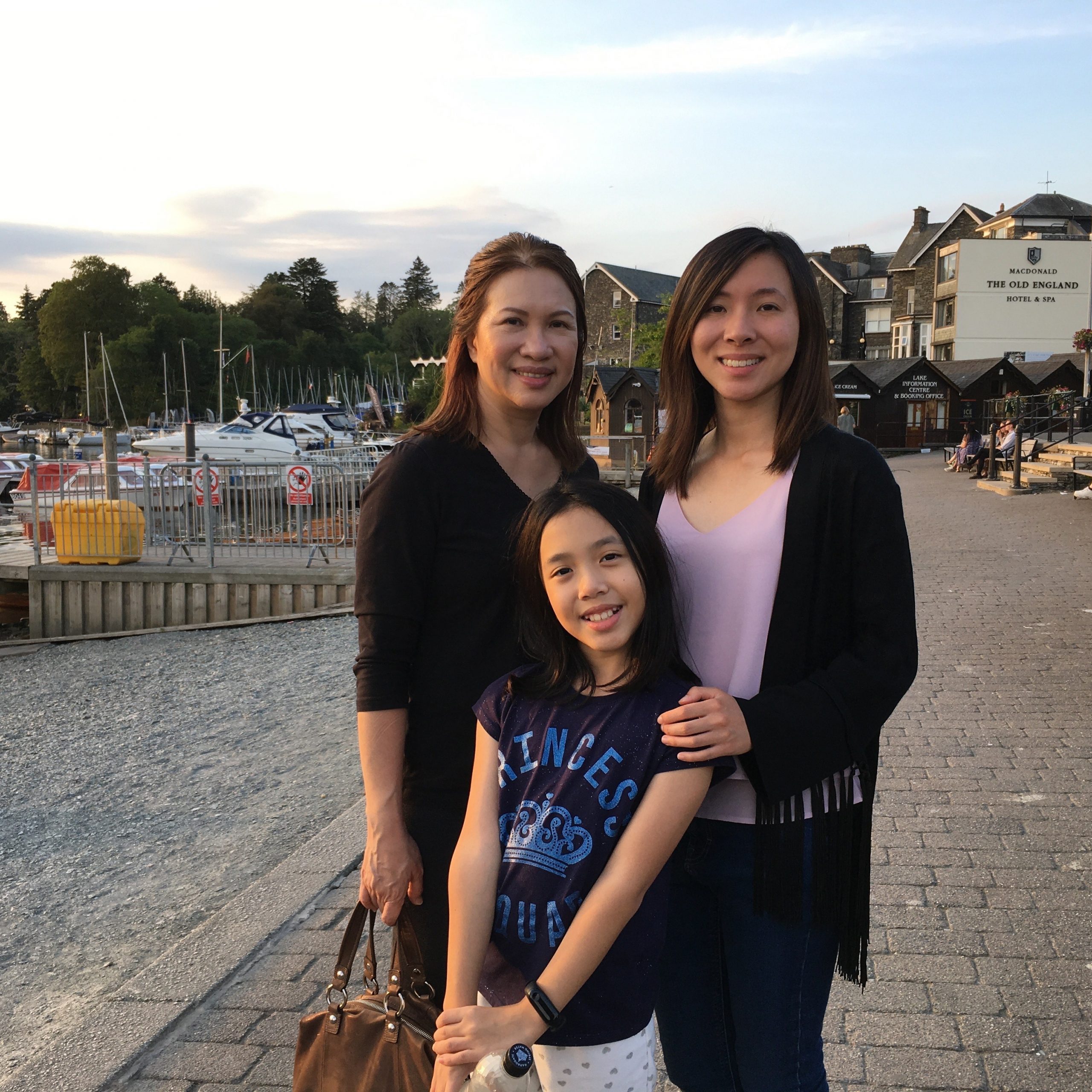 Yeoh with her two daughters. (Photo courtesy of Lisa Yeoh)
Yeoh with her two daughters. (Photo courtesy of Lisa Yeoh)
If there was one thing I could observe from Yeoh’s illustrious career up to this point, it’s undoubtedly how she seems to have been successful at “doing it all”.
By extension, I took this ability to mean she has, over the years, been able to effectively find work-life balance for herself despite her challenging job and family commitments.
Yeoh explains that what we should be working towards, though, is work-life harmony, not balance — the latter of which accounts only for the element of time (if one goes up, the other comes down). The notion of harmony is, she says, when you end a day feeling at peace with yourself in both work and life.
“We don’t compartmentalise work and life separately, but rather to kind of blend them together. And where opportunities are at different times in the day for you to lift one up versus the other, and you feel at peace at the end of the day, I feel that is harmony. That is work-life harmony.”
Now, how does she do it in her own life?
Yeoh says on a daily basis, her phone keeps reminding her to achieve her 10,000 step target. But on the whole, she sets her work-life harmony targets by the week — because some days are busier than others, so one can work toward achieving certain goals or activities in a given week.
“The work hours are not short — they are full time work hours, sometimes you have evening calls — but you try to make your decisions for work-life harmony.
I try to do it on a weekly basis, because sometimes on the day, you cannot achieve the objective, right, but if it evens out over the week, then it's good.”
Making work-life harmony a national priority
 Photo via Lisa Yeoh's LInkedIn
Photo via Lisa Yeoh's LInkedIn
Yeoh is so passionate about this that she answered the call to be part of an Alliance for Action (AfA) on Work-Life Harmony.
This AfA is one of some 20 (and counting) that were announced after a series of national conversations held last year, organised by the Ministry of Culture, Community and Youth in partnership with other government agencies.
These discussions, initiated by Deputy Prime Minister Heng Swee Keat, were collectively referred to as the “Emerging Stronger Conversations”, under the Singapore Together movement.
Currently, the AfA group Yeoh is part of is more than 100 members strong — all volunteers, including employees, employers, and HR professionals who are driven to make work-life harmony a national priority.
“I know that it's difficult for people in situations where there isn't that trust coming down from the leadership or the management... to leave that battle to an individual is going to be hard; we have to create a movement.”
Over the next six months, group members will attend sessions to discuss, learn and develop best work-life practices. They will go on to provide tailored guidance to companies in specific sectors, to overcome sectoral challenges and implement some of these best practices.
Overall, the AfA aims to build up a community to support work-life harmony in Singapore and promote best work-life practices, with the ultimate goal of shifting our society’s mindsets toward providing and taking these up.
Something Yeoh firmly believes in too:
“We shouldn’t be making compromising decisions on family just because of the time that it takes for work. I think we should really have life, you know, and have that long term outlook on life as the guiding light.”
So how do you actually make work-life harmony a thing for yourself? Read more about it here and and learn how to make it happen here.
Want to be part of Singapore Together and this movement too? Sign up to be a Work-Life Ambassador here and learn more about the AfA on Work-Life Harmony here.
This article was sponsored by the Ministry of Culture, Community and Youth to help the writer learn how to find work-life harmony for herself.
Top photo, taken pre-Covid, via Lisa Yeoh's LinkedIn.
If you like what you read, follow us on Facebook, Instagram, Twitter and Telegram to get the latest updates.
